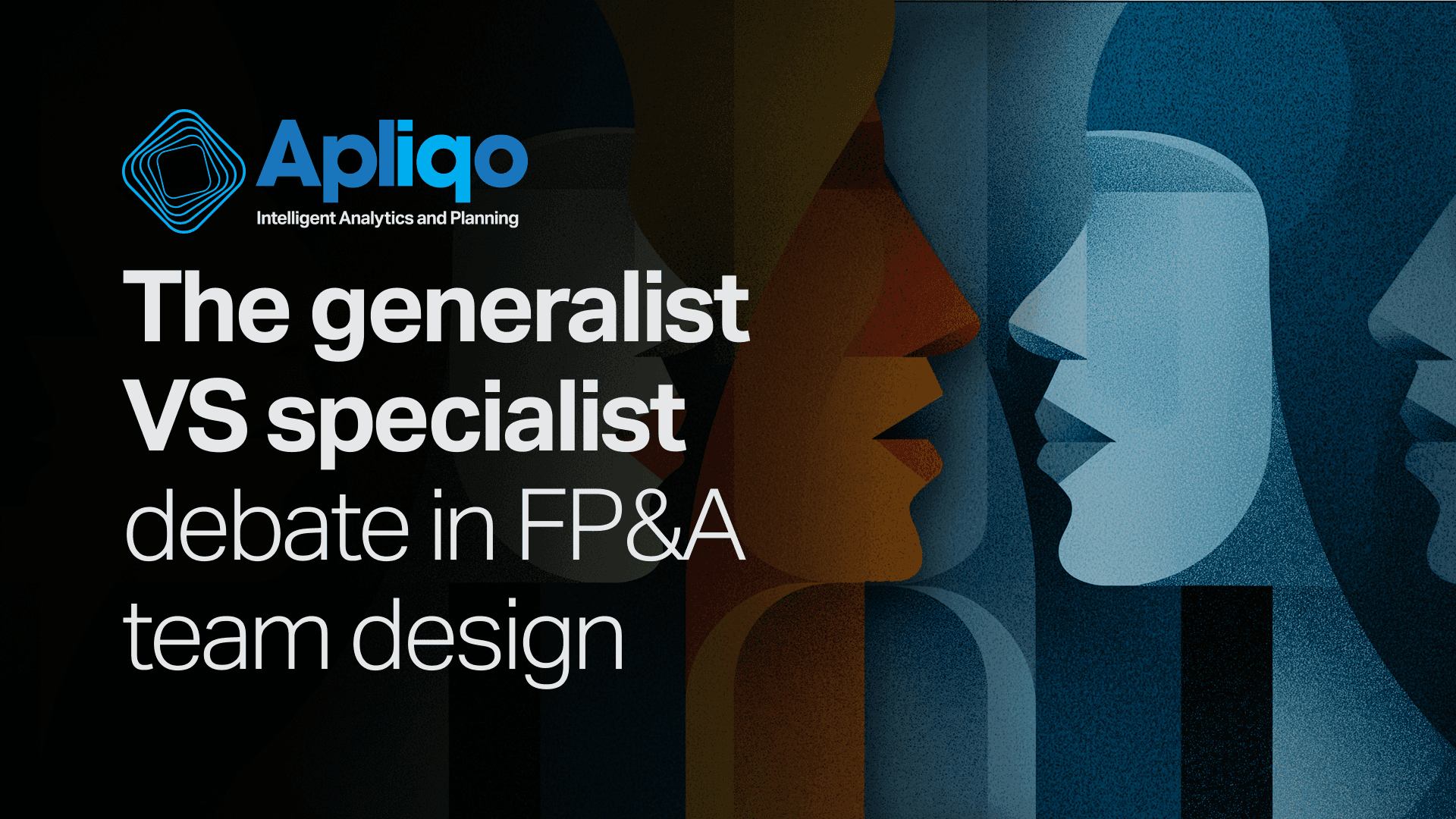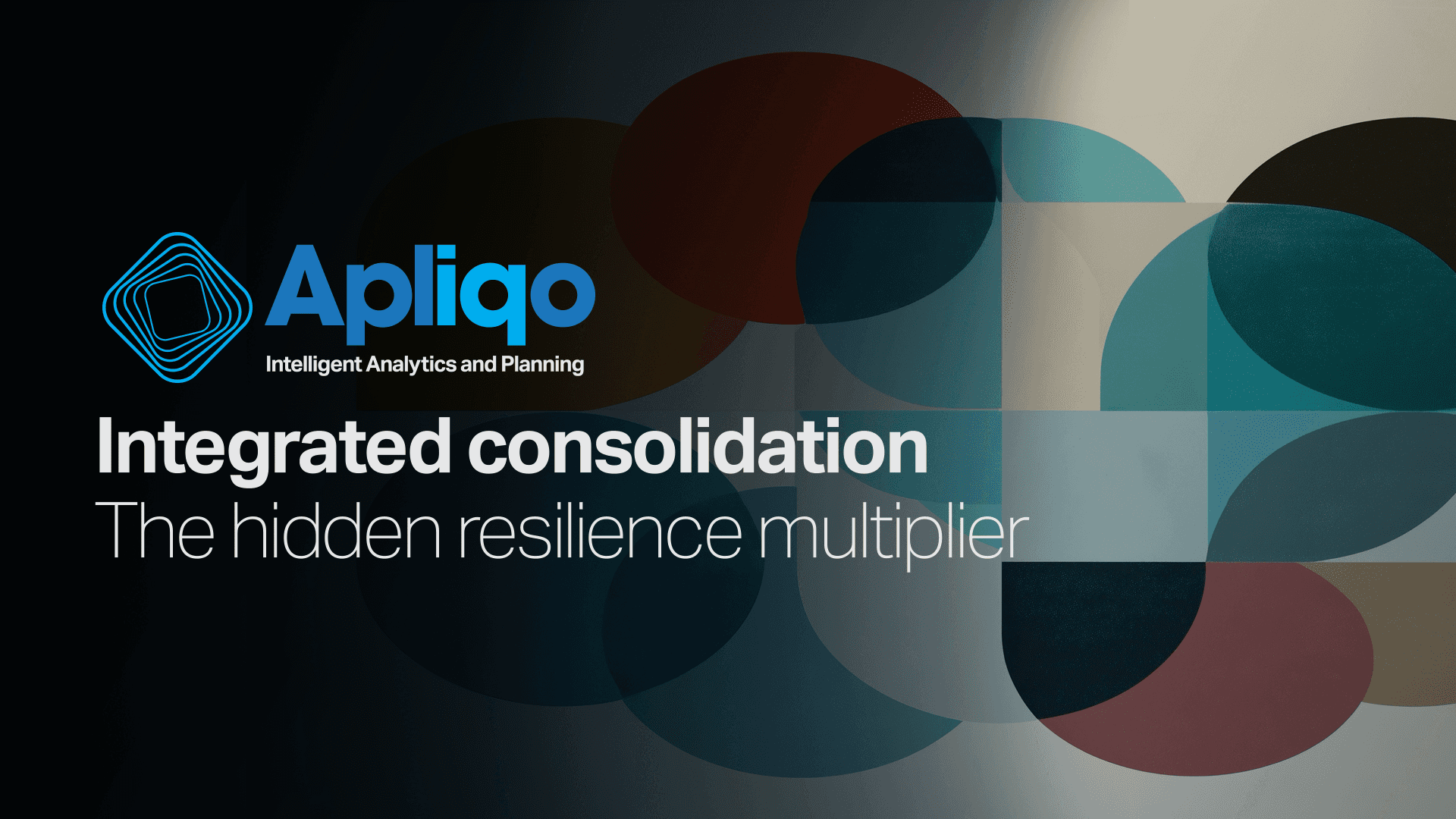Navigating AI Disruption: The Power of Peer Networks for Finance Leaders
As finance teams navigate the complex realities of AI adoption, peer networks are emerging as one of the most valuable sources of insight. This article explores why isolated decision-making increases risk, how real-world experience often outpaces vendor promises, and the unique value of candid conversations between finance leaders facing similar challenges. From sharing implementation missteps to building trust in AI outputs, peer learning accelerates progress and reduces costly trial and error. The Executive Finance Summit in Zurich embodies this approach – bringing together practitioners for honest, experience-led dialogue that helps turn ambition into action.
24.06.2025
//
0
min read
Abonnieren Sie Apliqo Insights
AI in finance is moving quickly, but not always cleanly. Some teams are piloting anomaly detection tools. Others are deploying predictive forecasts into production. Many are stuck in between, caught in a tangle of system integration, data readiness, and organisational resistance.
The journey is rarely smooth or linear. And that’s exactly why peer learning is becoming one of the most valuable tools a finance leader can have. Because while technology may scale globally, implementation remains intensely local – shaped by a company’s structure, culture, and legacy systems. No consultant, no vendor, and no white paper can fully account for that. But a peer who’s faced the same challenges? They just might.
As the Executive Finance Summit in Zurich approaches, the role of practitioner networks in navigating complex transformations is coming into sharper focus. Finding the right community can get you those all-important, hard-won insights from the field.
The danger of doing it alone
Leading a finance transformation, particularly one involving AI, can be an isolating experience. The expectations are high, the timelines are tight, and the guidance is often vague. Most CFOs and heads of FP&A are making long-term decisions about architecture, capability, and talent without a reliable map to follow.
It’s tempting in such situations to rely heavily on vendor promises or consulting frameworks. But these inputs, while useful, often paint an overly optimistic picture. They rarely surface the hard trade-offs, cultural friction, or slow burn of adoption that come with real implementation.
That’s why isolation is not just uncomfortable, it’s risky. It raises the cost of every lesson because every insight must be learned first-hand. Peer networks can break this pattern, allowing leaders to tap into the collective experience of others navigating similar terrain. In doing so, they reduce uncertainty, accelerate decision-making, and build confidence that comes not from theory, but from practice.
From marketing gloss to operational reality
One of the most common frustrations among finance leaders exploring AI is the gap between how a tool is sold and how it performs in real life. Vendor demos showcase seamless integrations and elegant outputs. But few highlight the months of data cleanup, change management, or internal skepticism that often precede visible results.
This disconnect is where peer conversations become invaluable. A finance leader who has implemented the same tool can offer far more practical insight: how long it really took to gain adoption, where the integration pain points were, and what assumptions didn’t hold up in production.
These are not complaints. They’re operating truths. And they give fellow leaders a more grounded understanding of what AI can, and can’t deliver in a finance context. More importantly, they help organisations make smarter, better-sequenced investments that reflect their actual level of readiness.
Learning through shared experience
There is something uniquely powerful about hearing a peer say, “We tried that—and it didn’t work.” These war stories, shared openly and without posturing, are often more valuable than any best-practice guide.
Whether it’s a predictive model that failed due to inconsistent cost centre mapping, or a dashboard rollout that faltered because no one trusted the data, these experiences are filled with lessons that are difficult to anticipate and impossible to Google.
Just as importantly, peers also share what did work – how they restructured their teams to support automation, how they phased adoption across regions, or how they measured trust in AI outputs. These aren’t theoretical recommendations. They’re real adjustments, made under pressure, in environments not so different from your own.
Creating space for honest dialogue
For these kinds of exchanges to happen, trust is critical. Most senior finance professionals are not eager to advertise uncertainty – especially around high-profile initiatives like AI. That’s why the structure of a peer network matters.
Communities, like we’re trying to build at the Executive Finance Summit, create the kind of environment where honesty becomes possible. When participants know they are among equals (facing similar pressures, responsible for similar outcomes, etc.) they are more likely to drop the guard, share the missteps, and ask the so-called “dumb” questions.
And it’s in these spaces that the most valuable exchanges occur. We can have real conversations about what’s really happening on the ground.
Moving from theory to action
The AI conversation in finance is no longer theoretical. Most teams have tried something – be it automated variance commentary, machine learning for forecasts, or data enrichment with large language models. But the real challenge now is operationalising those ideas at scale.
That’s where peer learning delivers exponential value. One well-timed insight can prevent a six-month misstep. One detailed case study can reshape an implementation roadmap. And one peer’s mistake, shared openly, can save another leader the cost of learning it the hard way.
This is the multiplier effect of practitioner networks: the ability to compress the learning curve, avoid redundant effort, and make more confident decisions in unfamiliar territory.
Rethinking the conference model
Traditional finance conferences have their place – but increasingly, they fall short of what senior leaders need to navigate transformation. Panels and keynotes are useful, but often lack the practical depth required for today’s challenges.
The Executive Finance Summit takes a different approach. It’s designed not around thought leadership but around practitioner exchange. Every conversation is anchored in lived experience. Every session is shaped by the needs of those who are exploring AI-enabled finance.
This model creates value not just by sharing information, but by building relationships – relationships that endure long after the event, and become a continuous source of insight, accountability, and mutual support.
If you’d like to join us, be sure to apply here. We’d love to meet you!









